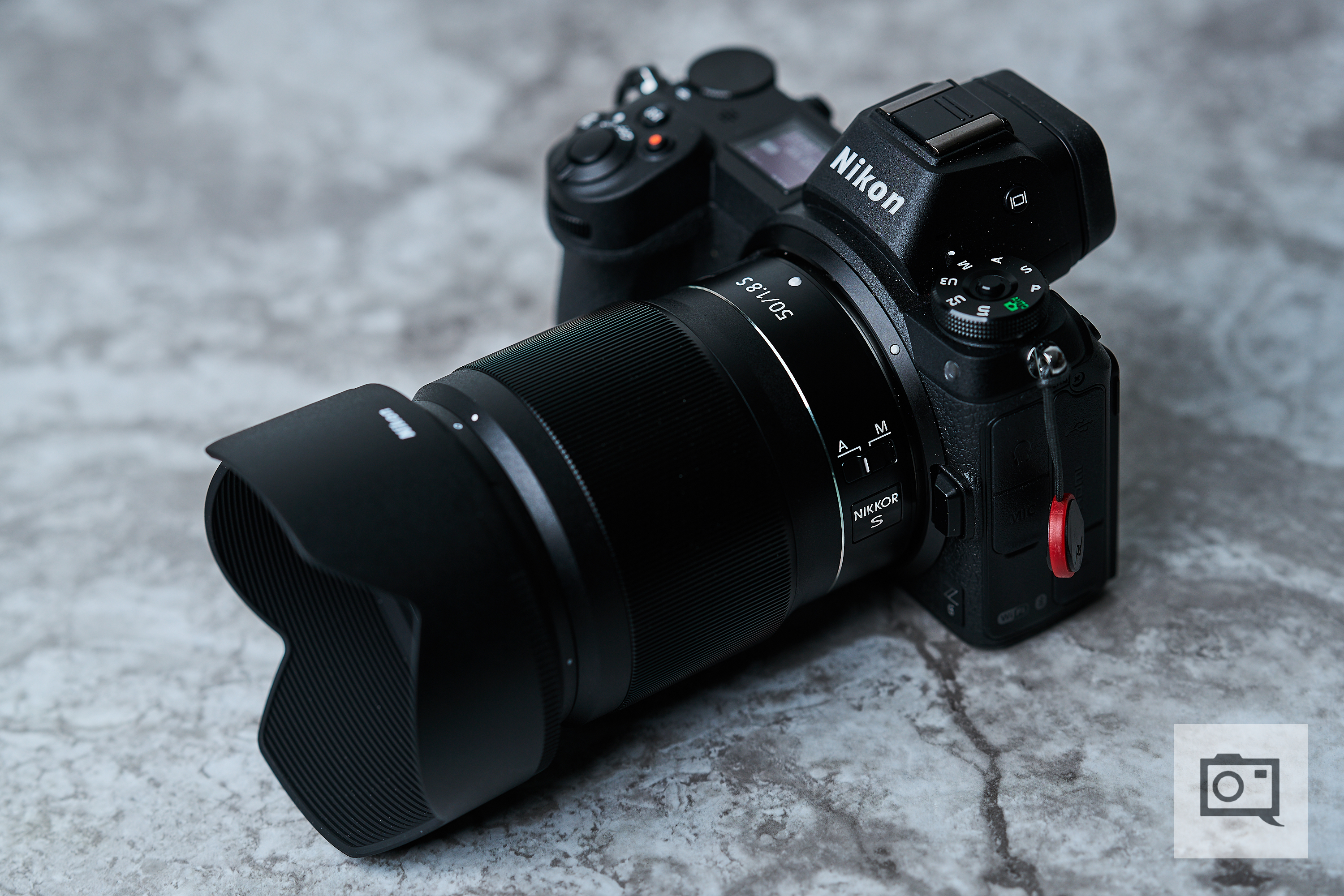Last Updated on 12/03/2018 by Mark Beckenbach
Nikon’s Z6 is an excellent entry level, Mirrorless famera for photographers who aren’t megapixel conscious.
When Nikon first announced they were finally entering the Full Frame, Interchangeable Lens, Mirrorless camera market with the Z6 and Z7 back in August of this year, only the 45.7MP Z7 was initially available. From a business standpoint, it certainly made sense that Nikon would want to release the top-end Z7 first as demand for the brand new camera system would surely skyrocket, especially since Nikon was playing catch up when it comes to Mirrorless. Fast forward to today, three months after initial announcement; the Z6 is finally available. With a more modest resolution of 24.5MP and a lower autofocus point count of 273, but boasting faster frame rates (12 FPS in the Z6 vs nine FPS in the Z7) and double the ISO sensitivity (a maximum of 51,200, expandable to 204,800 in the Z6 vs a maximum of 25,600, expandable to 102,400 in the Z7). Pricing for the Nikon Z6 is also much more reasonable, coming in at only US $1995.95 compared to the Z7’s US $3,399.95. Nikon recently invited us down to Florida to test the brand new Nikon Z6 in a variety of different conditions, and our experiences so far have been fairly positive. Despite having a lower resolution and autofocus points, the Z6 may actually be the Mirrorless camera that will suit the needs of more photographers when compared to the Z7, especially if you’ve already got a good selection of F mount lenses and are looking to stay with Nikon while moving into the Mirrorless world.
Editor’s Note: We’d like to give full disclosure. Nikon paid for our lodging and trip to and from Florida, where we joined a number of other journalists for this first impressions. The Phoblographer’s staff are specifically trained and encouraged to give their full, honest opinion. We also do not finish our reviews of products on a manufacturer’s tab. The Nikon z6 is in NYC with us and we are independently testing it on our own.
Tech Specs
Tech specs for the Nikon Z 6 were taken from the Nikon’s official Z6 page.
| TYPE | |
| Type | Digital camera with support for interchangeable lenses |
| Lens Mount | Nikon Z mount |
| IMAGE SENSOR | |
| Effective Pixels (Megapixels) | 24.5 million |
| Sensor Size | 35.9 mm x 23.9 mm |
| Image Sensor Format | FX |
| Effective Pixels (Megapixels) | 24.5 million |
| Image Sensor Type | CMOS |
| Total Pixels | 25.28 million |
| Dust-Reduction System | Image Dust Off reference data (requires Capture NX-D); image sensor cleaning |
| Dust-Off Reference Photo | Yes |
| Image Area (pixels) | FX-format |
| (L) 6,048 x 4,024 | |
| (M) 4,528 x 3,016 | |
| (S) 3,024 x 2,016 | |
| DX-format | |
| (L) 3,936 x 2,624 | |
| (M) 2,944 x 1,968 | |
| (S) 1,968 x 1,312 | |
| 1:1 (24 x 24) | |
| (L) 4,016 x 4,016 | |
| (M) 3,008 x 3,008 | |
| (S) 2,000 x 2,000 | |
| 16:9 (24 x 24) | |
| (L) 6,048 x 3,400 | |
| (M) 4,528 x 2,544 | |
| (S) 3,024 x 1,696 | |
| Photographs taken during movie recording at a frame size of 3,840 x 2,160: | |
| 3,840 x 2,160 | |
| Photographs taken during movie recording at other frame sizes: 1,920 x 1,080: | |
| 1,920 x 1,080 | |
| FILE SYSTEM | |
| File Format Still Images | NEF (RAW): 12 or 14 bit (lossless compressed, compressed, or uncompressed); large, medium, and small available (medium and small images are recorded at a bit depth of 12 bits using lossless compression) |
| TIFF (RGB) | |
| JPEG: JPEG-Baseline compliant with fine (approx. 1 : 4), normal (approx. 1 : 8), or basic (approx. 1 : 16) compression; optimal quality compression available | |
| NEF (RAW) + JPEG: Single photograph recorded in both NEF (RAW) and JPEG formats | |
| Storage Media | XQD memory cards |
| Card Slot | 1 slot |
| File System | DCF 2.0 |
| Exif 2.31 | |
| PictBridge | |
| VIEWFINDER | |
| Viewfinder | 1.27-cm/0.5-in. approx. 3690k-dot (Quad VGA) OLED with color balance and auto and 11-level manual brightness controls |
| Viewfinder Frame Coverage | Approx. 100% horizontal |
| 100% vertical | |
| Viewfinder Magnification | Approx. 0.8x (50 mm lens at infinity, -1.0 m -1) |
| Viewfinder Eyepoint | 21 mm (-1.0 m-1; from center surface of viewfinder eyepiece lens) |
| Viewfinder Diopter Adjustment | -4 to +2 m−1 |
| LENS | |
| Eye Sensor | Automatically switches between monitor and viewfinder displays |
| Depth-of-Field Control | Yes |
| Lens Compatibility at a Glance*** | Z mount NIKKOR lenses |
| F mount NIKKOR lenses with mount adapter; restrictions may apply | |
| Compatible Lenses | Z mount NIKKOR lenses |
| F mount NIKKOR lenses with mount adapter; restrictions may apply | |
| SHUTTER | |
| Shutter Type | Electronically-controlled vertical-travel focal-plane mechanical shutter; electronic front-curtain shutter; electronic shutter |
| Shutter Speed | 1/8000 to 30 sec. in steps of 1/3 or 1/2 EV, bulb, time, X200 |
| Fastest Shutter Speed | 1/8000 sec. |
| Slowest Shutter Speed | 30 sec. |
| Flash Sync Speed | Up to: X=1/200 sec.; synchronizes with shutter at 1/200 sec. or slower; Auto FP High-Speed sync supported |
| Bulb Shutter Setting | Yes |
| Shutter Release Modes | Single frame |
| Low-speed continuous | |
| High-speed continuous | |
| High-speed continuous (extended) | |
| Self-timer | |
| Frame Advance Rate | Low-speed continuous: 1-5 fps |
| High-speed continuous: 5.5 fps | |
| High-speed continuous (extended): 12 fps | |
| Continuous Shooting Options | Low-speed continuous: 1-5 fps |
| High-speed continuous: 5.5 fps | |
| High-speed continuous (extended): 12 fps | |
| Top Continuous Shooting Speed at Full Resolution | 12 frames per second |
| Self-Timer | 2, 5, 10, 20 sec.; 1-9 exposures at intervals of 0.5, 1, 2, or 3 sec. |
| Timer duration electronically controlled | |
| EXPOSURE | |
| Exposure Metering System | TTL metering using camera image sensor |
| Metering Method | Matrix metering |
| Center-weighted metering: Weight of 75% given to 12 mm circle in center of frame; weighting can instead be based on average of entire frame | |
| Spot metering: Meters 4 mm circle (about 1.5% of frame) centered on selected focus point | |
| Highlight-weighted metering | |
| Metering Range | Matrix or center-weighted metering: -4 to +17 EV |
| Spot metering: -4 to +17 EV | |
| Highlight-weighted metering: -4 to +17 EV | |
| Exposure Meter Coupling | CPU |
| Exposure Modes | Auto |
| Programmed auto with flexible program (P) | |
| Shutter-priority auto (S) | |
| Aperture-priority auto (A) | |
| Manual (M) | |
| User settings (U1, U2, U3) | |
| Exposure Compensation | -5 to +5 EV in increments of 1/3 or 1/2 EV available in modes P, S, A, and M |
| Exposure Lock | Luminosity locked at detected value |
| Picture Control | Auto |
| Flat | |
| Landscape | |
| Monochrome | |
| Neutral | |
| Portrait | |
| Standard | |
| Vivid | |
| Creative Picture Controls: (Dream, Morning, Pop, Sunday, Somber, Dramatic, Silence, Bleached, Melancholic, Pure, Denim, Toy, Sepia, Blue, Red, Pink, Charcoal, Graphite, Binary, Carbon) | |
| Selected Picture Control can be modified | |
| Storage for custom Picture Controls | |
| SENSITIVITY | |
| ISO Sensitivity | ISO 100 – 51,200 in steps of 1/3 or 1/2 EV |
| Can also be set to approx. 0.3, 0.5, 0.7 or 1 EV (ISO 50 equivalent) below ISO 100 or to approx. 0.3, 0.5, 0.7, 1 or 2 EV (ISO 204,800 equivalent) above ISO 51,200; auto ISO sensitivity control available | |
| Lowest Standard ISO Sensitivity | 100 |
| Highest Standard ISO Sensitivity | 51,200 |
| Lowest Expanded ISO Sensitivity | 50 |
| Highest Expanded ISO Sensitivity | 204,800 |
| Active D-Lighting | Can be selected from: Auto |
| Extra High | |
| High | |
| Normal | |
| Low | |
| Off | |
| Active D-Lighting Bracketing | Yes |
| FOCUS/AUTOFOCUS | |
| Autofocus System | Hybrid phase-detection/contrast AF with AF assist |
| Detection Range | -2 to +19 EV (-4 to +19 EV with low-light AF) |
| Detection range (ISO 100, f/2.0 lens, 20 °C/68 °F) | |
| Lens Servo | Autofocus (AF): Single-servo AF (AF-S); continuous-servo AF (AF-C); full-time AF (AF-F; available only in movie mode); predictive focus tracking |
| Manual focus (M): Electronic rangefinder can be used | |
| Focus Point | 273 (single-point AF) |
| AF-area Mode | Pinpoint |
| Single-Point | |
| Dynamic-area AF | |
| Wide-area AF (S) | |
| Wide-area AF (L) | |
| Auto-area AF | |
| Pinpoint and Dynamic-area AF available in photo mode only | |
| Focus Lock | Focus can be locked by pressing shutter-release button halfway (single-servo AF) or by pressing center of sub-selector |
| Focus Modes | Pinpoint |
| Single-point | |
| Dynamic-area AF | |
| Wide-area AF (S) | |
| Wide-area AF (L) | |
| Auto-area AF | |
| Pinpoint and Dynamic-area AF available in photo mode only | |
| Maximum Autofocus Areas/Points | 273 |
| Vibration Reduction | 5-axis image sensor shift |
| Autofocus Fine Tune | Yes |
| FLASH | |
| Flash Bracketing | Yes |
| X-Sync Speed | 1/200th sec. |
| Top FP High Speed Sync | Up to: 1/8000 sec. |
| Flash Control | TTL: i-TTL flash control; i-TTL balanced fill-flash for digital SLR is used with matrix, center-weighted, and highlight-weighted metering, standard i-TTL fill-flash for digital SLR with spot metering |
| Flash Sync Modes | Front-curtain sync |
| Rear-curtain sync | |
| Red-eye reduction | |
| Red-eye reduction with slow sync | |
| Slow rear-curtain sync | |
| Slow sync | |
| Off | |
| Flash Compensation | -3 to +1 EV in increments of 1/3 or 1/2 EV available |
| Flash-ready Indicator | Lights when optional flash unit is fully charged; flashes as underexposure warning after flash is fired at full output |
| Accessory Shoe | ISO 518 hot-shoe with sync and data contacts and safety lock |
| Nikon Creative Lighting System (CLS) | i-TTL flash control, radio-controlled Advanced Wireless Lighting, optical Advanced Wireless Lighting, modeling illumination, FV lock, Color Information Communication, Auto FP High-Speed Sync, unified flash control |
| WHITE BALANCE | |
| White Balance | Auto (3 types) |
| Choose color temperature (2,500 K–10,000 K) | |
| Cloudy | |
| Direct sunlight | |
| Flash | |
| Fluorescent (7 types) | |
| Incandescent | |
| Natural light auto | |
| Preset manual (up to 6 values can be stored), all with fine-tuning | |
| Shade | |
| White Balance Bracketing | Exposure, flash, white balance, and ADL |
| LIVE VIEW | |
| Live View Shooting | Photography Live View Mode |
| Movie Live View Mode | |
| MOVIE | |
| Movie Metering | TTL exposure metering using main image sensor |
| Movie Maximum Recording Time | 29 minutes 59 seconds |
| Movie File Format | MOV |
| MP4 | |
| Movie Video Compression | H.264/MPEG-4 Advanced Video Coding |
| Movie Audio Recording Format | Linear PCM |
| AAC | |
| Movie | 4K UHD 3,840×2,160 / 30 fps |
| 4K UHD 3,840×2,160 / 25 fps | |
| 4K UHD 3,840×2,160 / 24 fps | |
| Full HD 1,920×1,080 / 120 fps | |
| Full HD 1,920×1,080 / 100 fps | |
| Full HD 1,920×1,080 / 60 fps | |
| Full HD 1,920×1,080 / 50 fps | |
| Full HD 1,920×1,080 / 30 fps | |
| Full HD 1,920×1,080 / 25 fps | |
| Full HD 1,920×1,080 / 24 fps | |
| Full HD 1,920×1,080 slow-mo / 30 fps x4 | |
| Full HD 1,920×1,080 slow-mo / 25 fps x4 | |
| Full HD 1,920×1,080 slow-mo / 24 fps x5 | |
| Actual frame rates for 120p, 100p, 60p, 50p, 30p, 25p, and 24p are 119.88, 100, 59.94, 50, 29.97, 25, and 23.976 fps respectively | |
| Quality selection available at all sizes except | |
| 3,840 x 2,160, 1,920 x 1,080 120p/100p, and 1,920 x 1,080 slow-mo, when quality is fixed at high | |
| Movie Audio | Built-in stereo or external microphone with attenuator option; sensitivity can be adjusted |
| Movie ISO | Auto ISO sensitivity control (ISO 100 to 51,200) |
| P, S, A: Auto ISO sensitivity control (ISO 100 to Hi 2) with selectable upper limit | |
| M: Auto ISO sensitivity control (ISO 100 to Hi 2) available with selectable upper limit; manual selection (ISO 100 to 51,200 in steps of 1/3 or 1/2 EV) with additional options available equivalent to approximately 0.3, 0.5, 0.7, 1, or 2 EV (ISO 204,800 equivalent) above ISO 51,200 | |
| Movie Active D-Lighting | Can be selected from: |
| Auto | |
| Extra high | |
| High | |
| Normal | |
| Low | |
| Off | |
| Time Code | Yes |
| Drop frame | |
| Movie Log Gamma Output | N-Log with View Assist (HDMI output only) |
| Movie e-VR | Yes |
| Movie HDMI Output | Yes, up to 10bit |
| Start/Stop supported | |
| Movie Focus Peaking | Yes |
| Movie Highlight Display (Zebras) | Yes |
| Time-Lapse Movie | Up to 4K UHD; Silent mode option |
| AF for Movie | AF Speed and AF Tracking Sensitivity can be adjusted |
| MONITOR | |
| Monitor Size | 3.2 in. diagonal |
| Monitor Resolution | 2,100,000 dots |
| Monitor Type | Tilting TFT |
| Touch-Sensitive LCD | |
| Monitor Angle of View | 170° viewing angle |
| Monitor Adjustments | Color balance |
| 11-level manual brightness controls | |
| Virtual Horizon Camera Indicator | Also visible in LiveView Modes |
| Also visible in Viewfinder | |
| PLAYBACK | |
| Playback Functions | Auto Image Rotation |
| Full-frame and Thumbnail (4, 9, or 72 images) | |
| Highlights | |
| Histogram Display | |
| Location Data Display | |
| Movie Playback | |
| Photo and/or Movie Slide Shows | |
| Photo Information | |
| Picture Rating | |
| Playback with Playback Zoom | |
| Playback Zoom Cropping | |
| In-Camera Image Editing | Distortion Control |
| D-Lighting | |
| Image Overlay | |
| NEF (raw) Processing | |
| Perspective Control | |
| Red-eye Reduction | |
| Resize | |
| Side by Side Comparison | |
| Straighten | |
| Trim | |
| Trim Movie | |
| Image Comment | Yes |
| INTERFACE | |
| Interface | USB: Type C connector (SuperSpeed USB) |
| HDMI: Type C HDMI connector | |
| Accessory terminal: Can be used with MC-DC2 and other optional accessories | |
| Audio Input: Stereo mini-pin jack (3.5 mm diameter; plug-in power supported) | |
| Audio Output: Stereo mini-pin jack (3.5 mm diameter) | |
| Wi-Fi Functionality | Standards: IEEE 802.11b/g/n/a/ac |
| Operating frequency: 2412–2472 MHz (channel 13) and 5180–5700 MHz | |
| Maximum output power (EIRP): 2.4 GHz band: 7.4 dBm 5 GHz band: 12.2 dBm | |
| Authentication: Open system, WPA2-PSK | |
| Smart Device App Connectivity | SnapBridge |
| Bluetooth | Communication protocols: Bluetooth Specification |
| Version 4.2 | |
| Operating frequency: Bluetooth: 2402–2480 MHz | |
| Bluetooth Low Energy: 2402–2480 MHz | |
| Approximately 10 m (32 ft.) without interference; range may vary with signal strength and presence or absence of obstacles | |
| GPS | Via the SnapBridge app |
| Save/Load Camera Settings | Yes |
| MENUS | |
| Total Custom Settings | 38 |
| My Menu | Yes |
| Recent Settings | Yes |
| Supported Languages | English |
| French | |
| Portuguese (Brazil) | |
| Spanish | |
| The languages available vary with the country or region in which the camera was originally purchased. | |
| Date, Time and Daylight Savings Time Settings | Yes |
| World Time Setting | Yes |
| POWER | |
| Battery / Batteries | One EN-EL15b rechargeable Li-ion battery |
| EN-EL15a/EN-EL15 can also be used, but note that fewer pictures can be taken on a single charge and that charging AC adapter can be used to charge EN-EL15b batteries only | |
| Battery Life (shots per charge) | 310 shots (CIPA) |
| Movies: Approx. 85 min. of movie recording | |
| AC Adapter | EH-7P Charging AC Adapter |
| EH-5c/EH-5b AC adapter (requires EP-5B power connector, available separately) | |
| Battery Charger | MH-25A Battery Charger |
| MISCELLANEOUS | |
| Approx. Dimensions (Width x Height x Depth) | 5.3 in. (134 mm) x 4 in. (100.5 mm) x 2.7 in. (67.5 mm) |
| Approx. Weight | 20.7 oz. (585 g) |
| camera body only | |
| Operating Environment | Temperature: 32 to 104°F (0 to 40°C) |
| Humidity: Less than 85% (no condensation) |
Ergonomics

At first glance, the Nikon Z6 looks nearly identical to the Z7 with the only difference being the badge that you’ll find on the lower right corner of the front of the camera body.
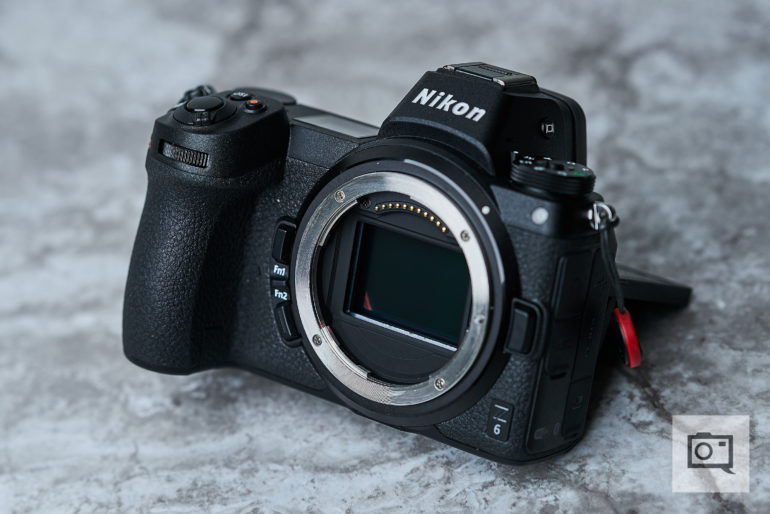
One of the first things you’ll notice about the Nikon Z6, when looking at the front of the camera body, is how massive the brand new 55mm Z mount is. To the right of the Z mount is the lens release button, and to the left are a pair of customizable function buttons. The clear dot on the upper right corner is the autofocus assist illuminator.
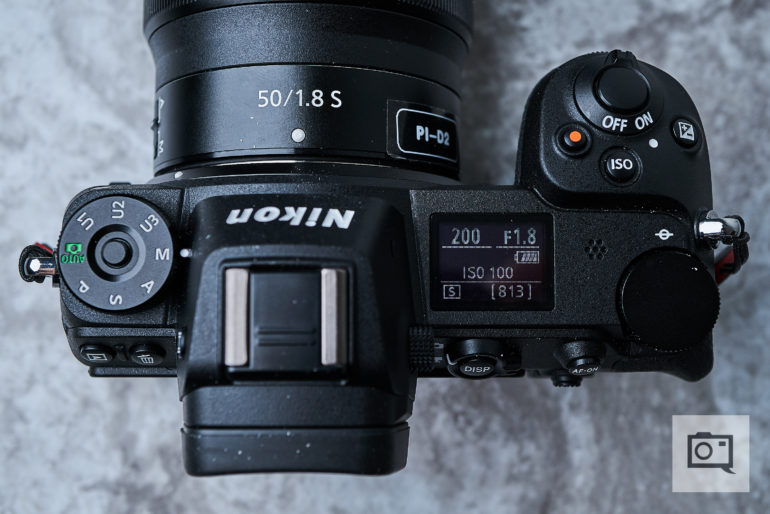
Moving towards the top of the Z6, you’ll find the mode dial on the left side of the camera body. The mode dial is automatically locked unless you depress the lock release in the center of the dial, preventing any accidental mode changes. As you move towards the right, you’ll find the hot shoe situated above the Electronic View Finder, followed by the settings display panel. Nikon calls this the Control Panel, and when the camera is on, it will display the Shutter Speed, Aperture, Battery Level, ISO, Shutter Release Mode, as well as the number of images you will be able to write onto your XQD card. Moving further right towards the top of the hand grip area, starting from the front, you will find the Power Switch, as well as the Movie Record, ISO, and Exposure Compensation buttons. The Main Command Dial can be found just above the thumb rest towards the rear of the Z6’s grip, while the Sub Command Dial is located up front towards the top of the grip, just below the power switch.
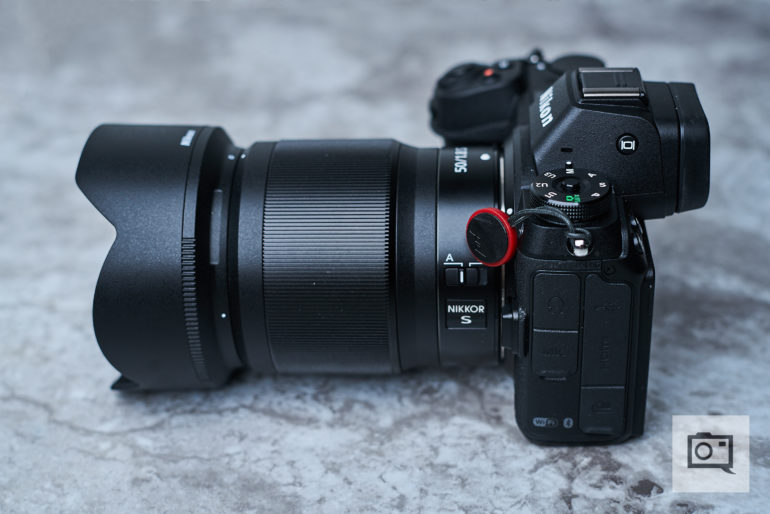
Shifting focus towards the left side of the Z6’s body are the various connector ports (covered in this image). The button on the left side of the Electronic View Finder is the Monitor Mode button, which allows you to adjust the behavior of the EVF as well as the rear LCD.
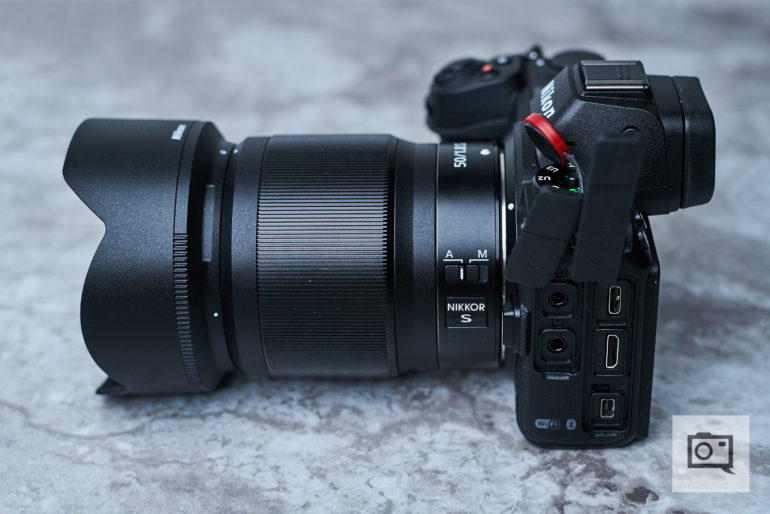
With the connector port covers removed, you’ll find the headphones and external microphone ports located towards the front, while the USB Type-C, Mini HDMI, and the Accessories connector ports can be found towards the back.
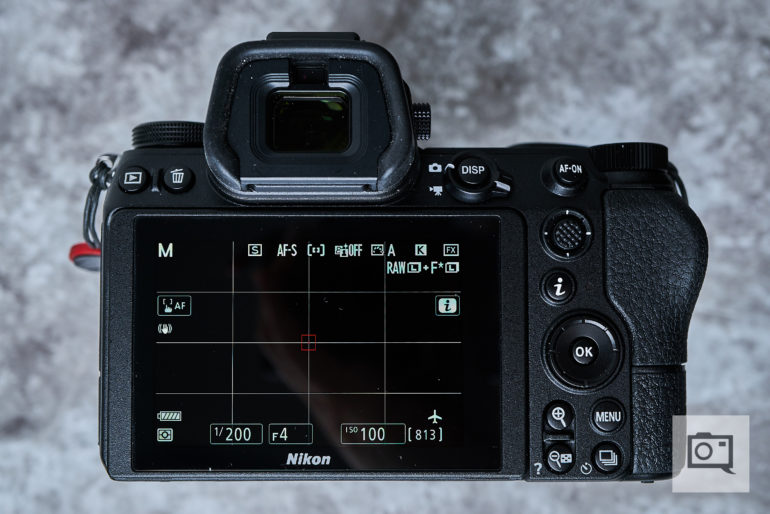
The 3.2 inch, touch enabled, tilting LCD display takes up most of the real estate towards the back of the Nikon Z6. Above the LCD, beginning from the left, you will find the Playback and Delete buttons, followed by the Electronic View Finder, as well as the toggle that switches between Photo and Movie mode along with the DISP button which allows you to adjust what is displayed on the rear LCD. A lockable Diopter Adjustment Dial can be found towards the right of the EVF. On the right side of the rear of the Z6, beginning from top to bottom, are the Autofocus-On button, the Joystick/Sub-Selector button, the i button which pulls up the quick menu, the Multi Selector directional pad along with the OK button, as well as the Zoom In/Zoom Out buttons, Menu button, and the Shutter Release Mode button.
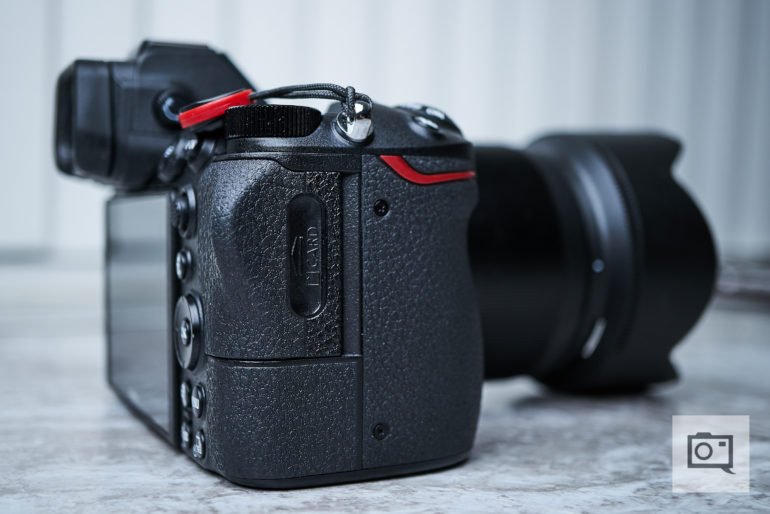
The only thing you will find on the right side of the Nikon Z6 is the hand grip, with the telltale red stripe that’s adorned many Nikon cameras before it. Towards the rear of the hand grip is where you will find the cover for the XQD card slot, upon which the thumb rest is molded.
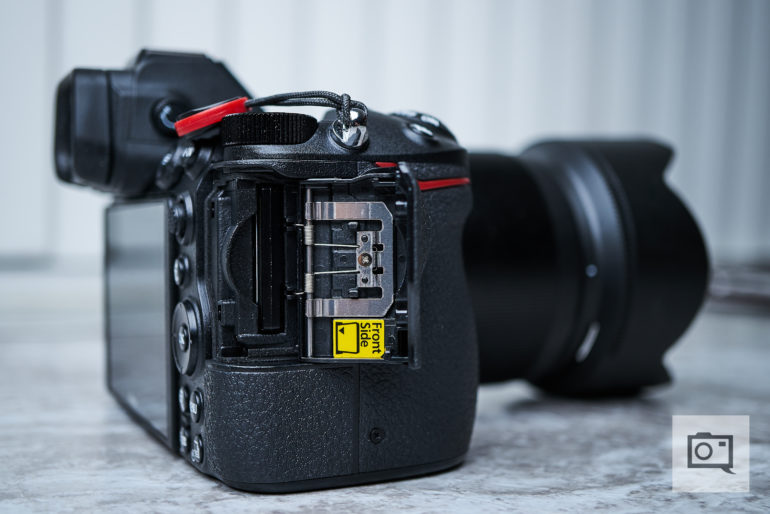
And here we are, the dreaded solitary XQD slot. It is what it is, folks. No amount of bitching and moaning will make a second card slot magically appear, so if having only a single card slot is a deal breaker, then the Nikon Z6 is certainly not the right choice for you.
Build Quality
The Nikon Z6 felt very solid throughout my time with it, with the same tried and true build quality and weather sealing that I’ve come to expect when picking up a Nikon DSLR. The hand grip on the Z6 is definitely more robust when compared to other Full Frame Mirrorless cameras on the market (something that photographers with larger hands will surely appreciate). If you took the grip off of a Nikon D850 and married it to one of the Sony A7 bodies, that’s basically what the Z6 felt like.
While we haven’t shot with the Z6 in the rain yet, we did put it through the freezing cold in New York as well as the blistering heat and near 100 percent humidity in Florida. Nikon claims that the Z6 has the same level of weather sealing as the Z7, and having put the Z7 to the test in pouring rain in New York City, we are confident the Z6 will stand up to similarly adverse conditions.
Ease of Use
The Nikon Z6 will feel immediately familiar to any photographer who has used Nikon DSLRs in the past. The menu system is laid out in a pretty straight forward manner for the most part. The majority of the controls on the Z6 are easily accessible even when operating the camera with one hand, and being able to view my settings at a glance from the top display was definitely appreciated. Combined with an excellent touch screen, the Z6 made for a very user-friendly shooting experience. As someone who shoots almost exclusively in manual mode, the one gripe that I had with the Z6 was that I’m forced to hold down the ISO button before I could adjust the camera’s sensitivity using the Main Command Dial. If I wanted to enable auto ISO, I had to hold down the ISO button and toggle it using the Sub Command Dial. This was especially annoying when shooting in locations where lighting conditions changed rapidly.
As someone who wears glasses on a daily basis and has a sizable nose, I certainly appreciated how the Electronic Viewfinder protrudes from the body of the Z6 when compared to competing Full Frame Mirrorless cameras on the market. Not only was the EVF easy to look through even with glasses on, but the extra distance away from the rear of the camera body helped to minimize my nose from making contact with the rear display, subsequently reducing the frequency of my nose smudging the display and accidentally activating the touch screen.
Autofocus

For the most part, the Nikon Z6’s autofocus system was pretty responsive. However, photographers familiar with Nikon’s own 3D Focus Tracking, or those accustomed to face detection autofocus systems from competing camera manufacturers will find the Z6’s performance to be somewhat lacking. Compared to the Z7, the Z6’s autofocus functioned quite a bit faster, but it’s important to remember that the Z7 has 493 autofocus points while the Z6 only has 273, and the Z7 also has a much higher resolution of 45.7MP versus the Z6’s 24.5MP.
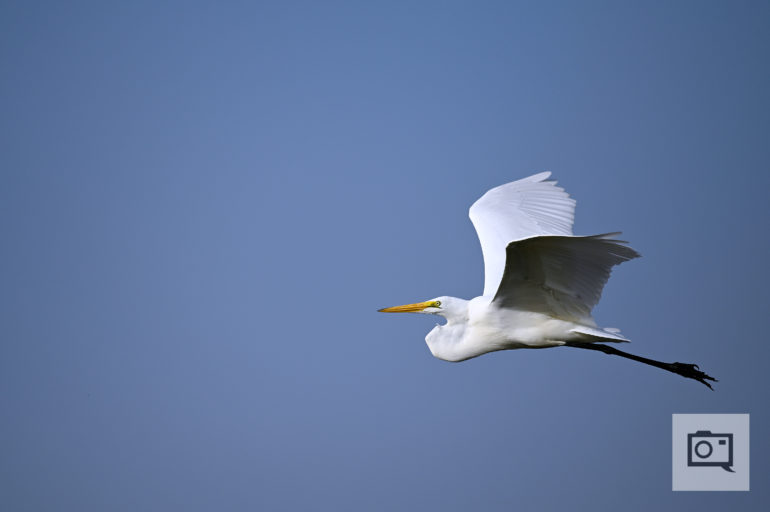
Pinpoint AF is painfully slow, and is really only suitable for photographers using the Z6 in studio environments. Single-point AF, Wide-area AF, and Auto-area AF all worked significantly faster. For the portrait shooters out there, face detection will sadly only work when the Z6 is set to Auto-area AF. Hopefully this is something that can be addressed with future firmware updates, expanding to other AF modes.
Image Quality
These images are shot using a pre-production model Nikon Z 6 running Version 1.0 firmware, using a variety of Z mount lenses as well as F mount lenses adapted using the Nikon FTZ adapter.




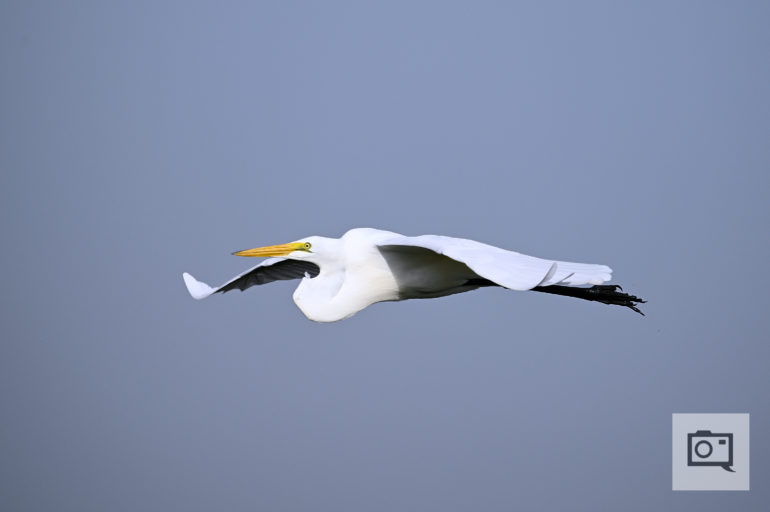



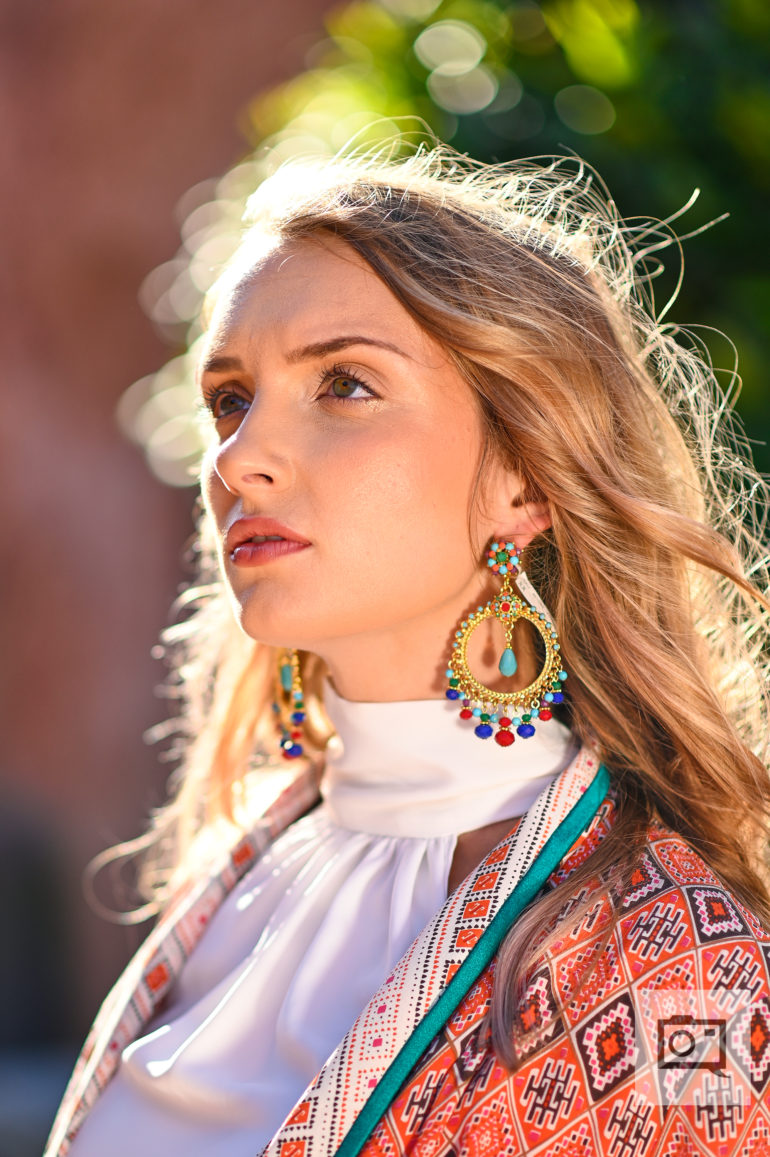
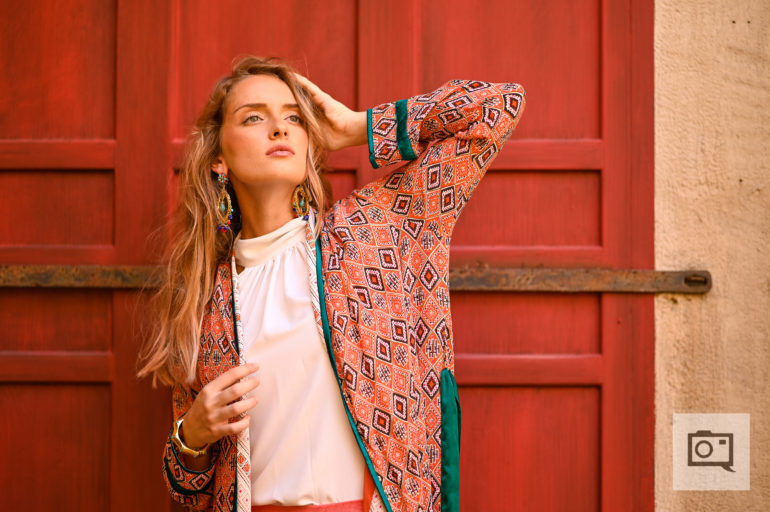
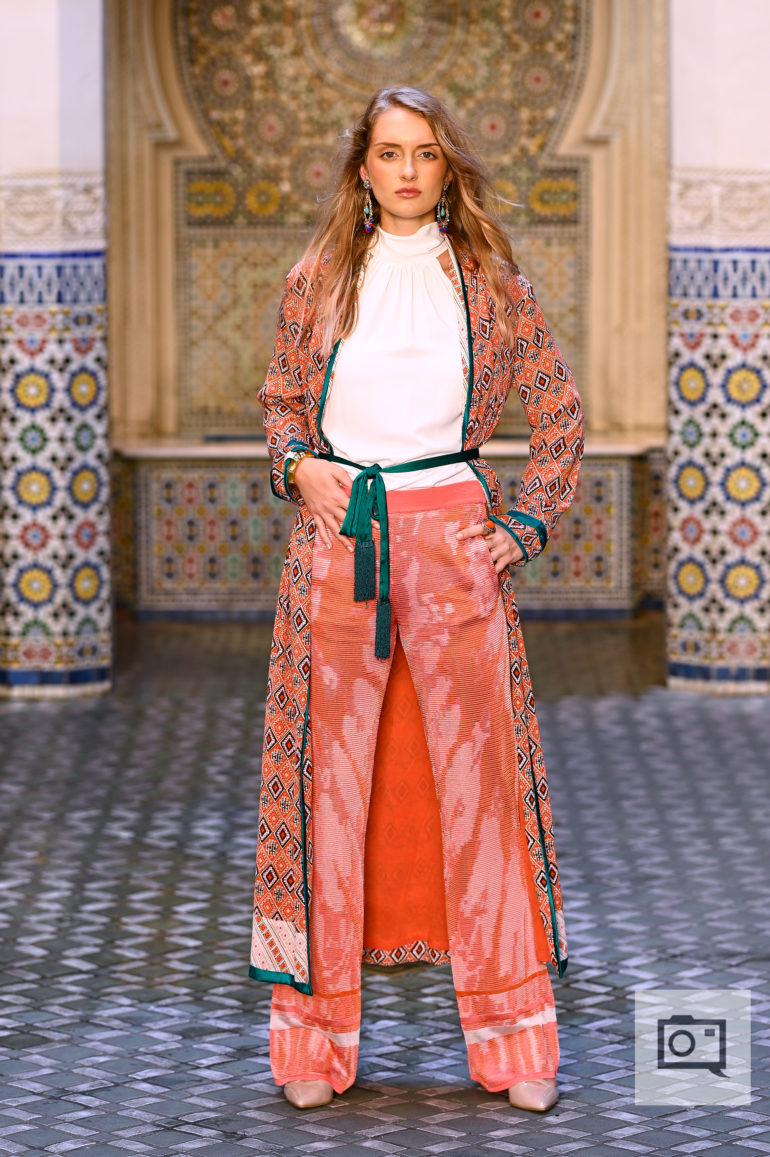
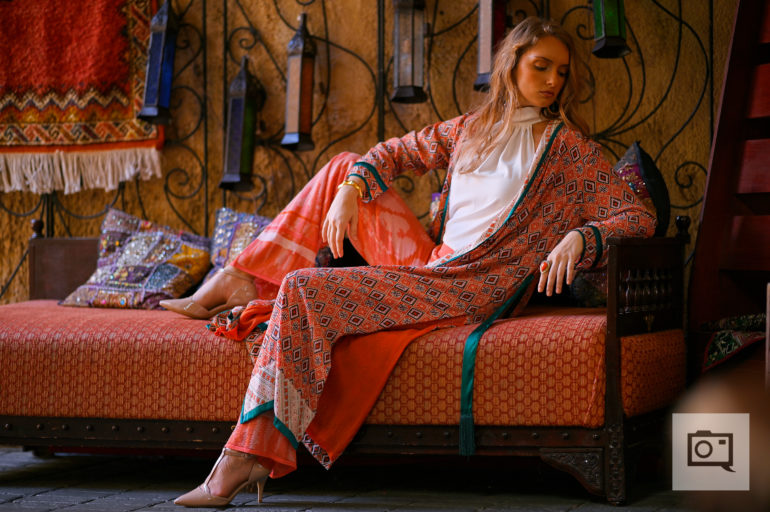
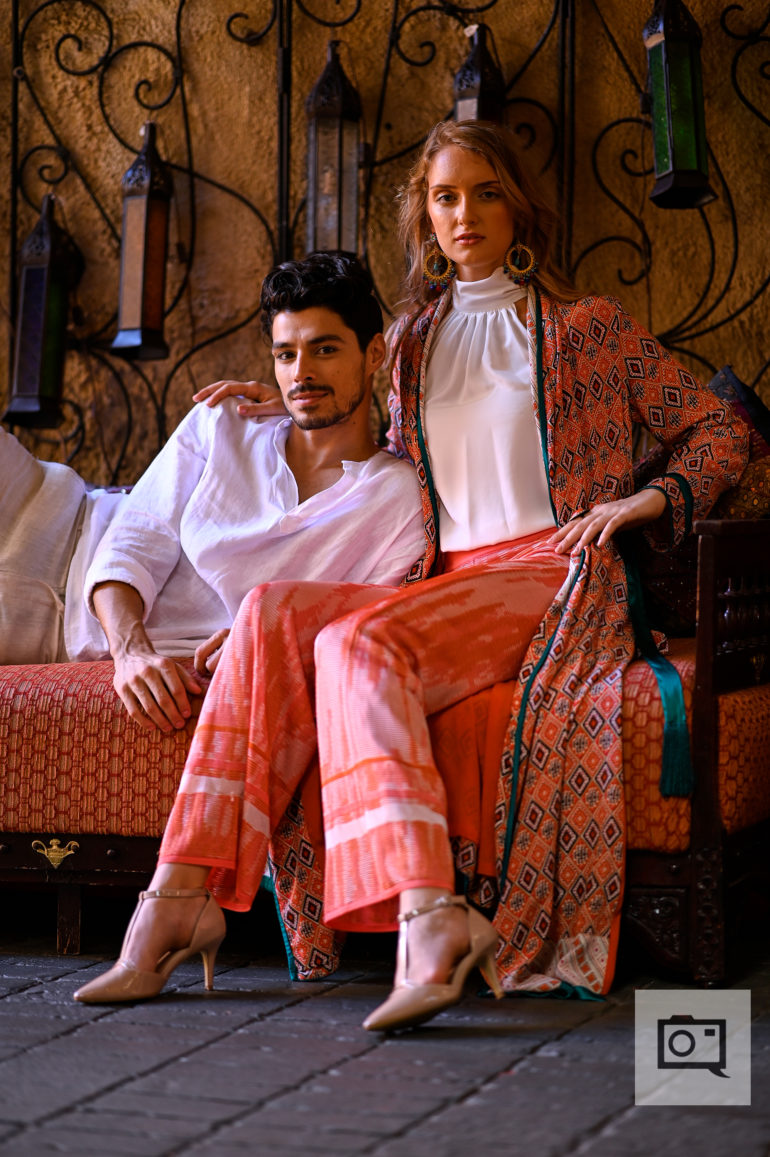
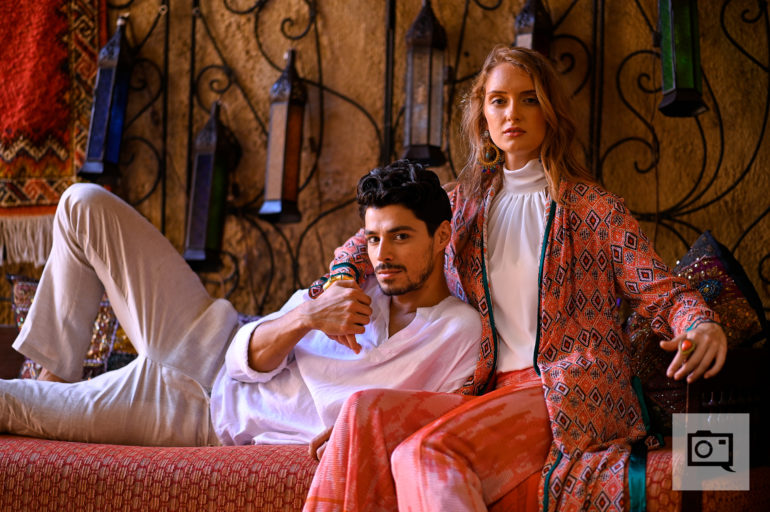

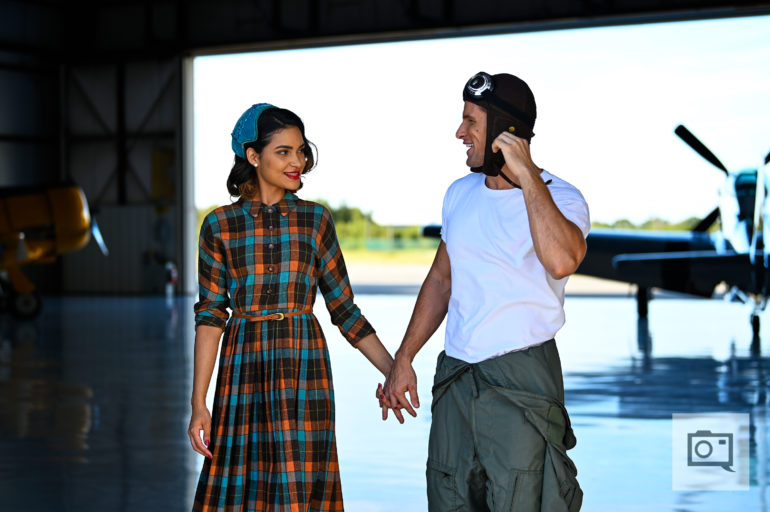
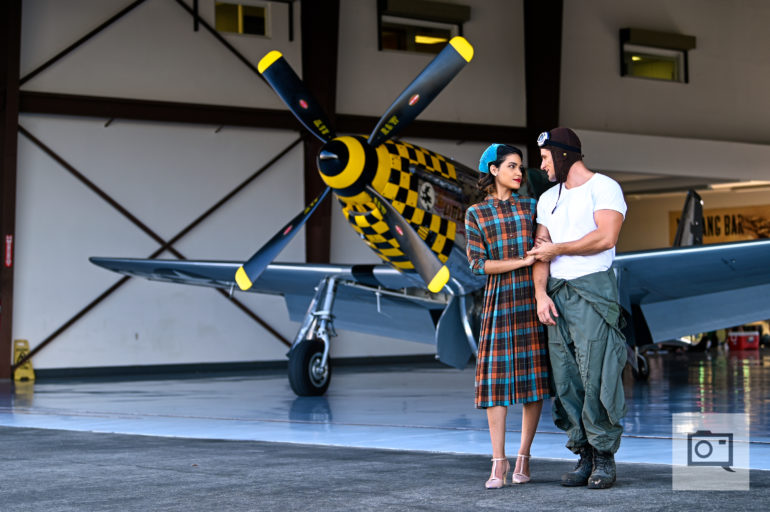
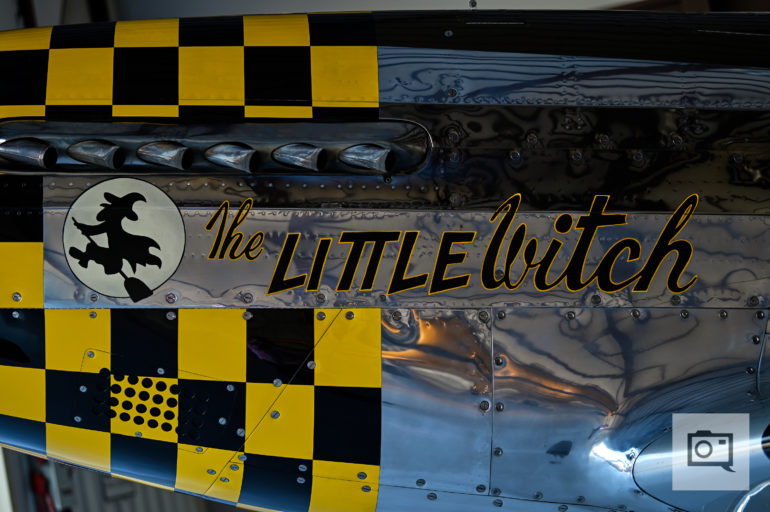

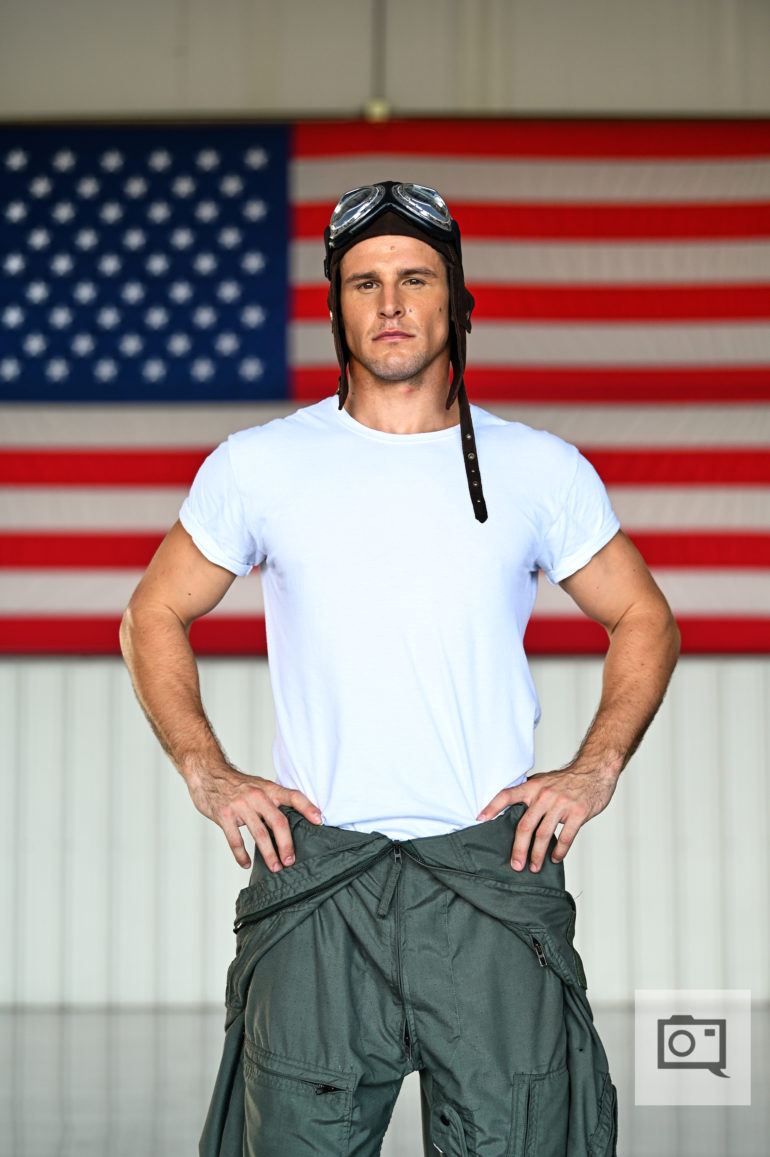
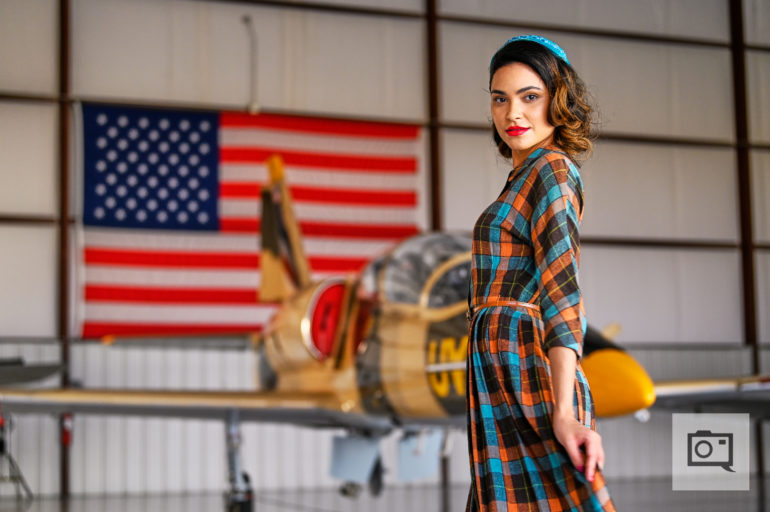
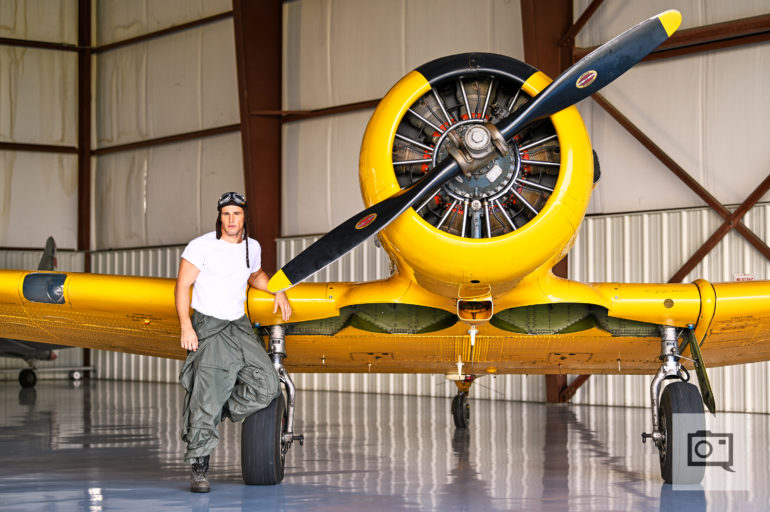
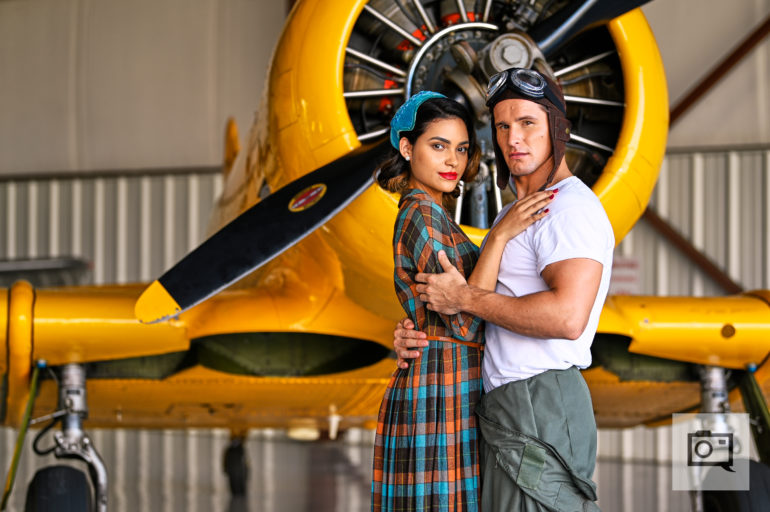
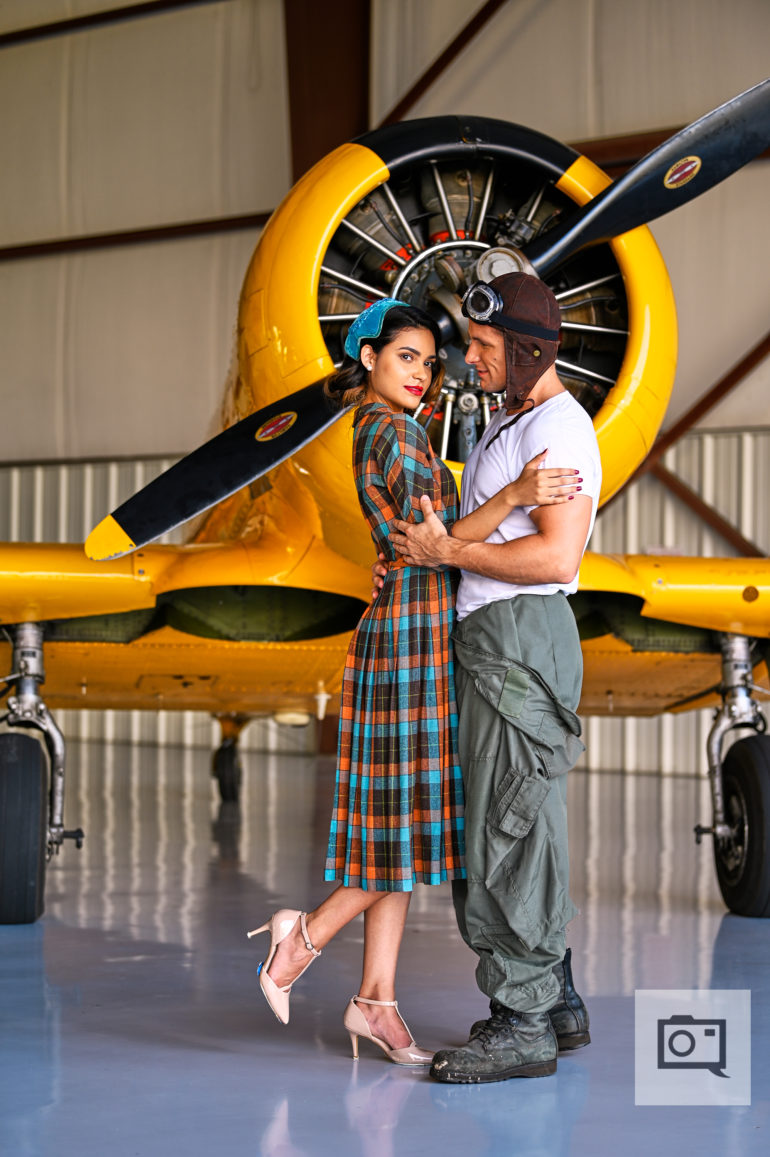
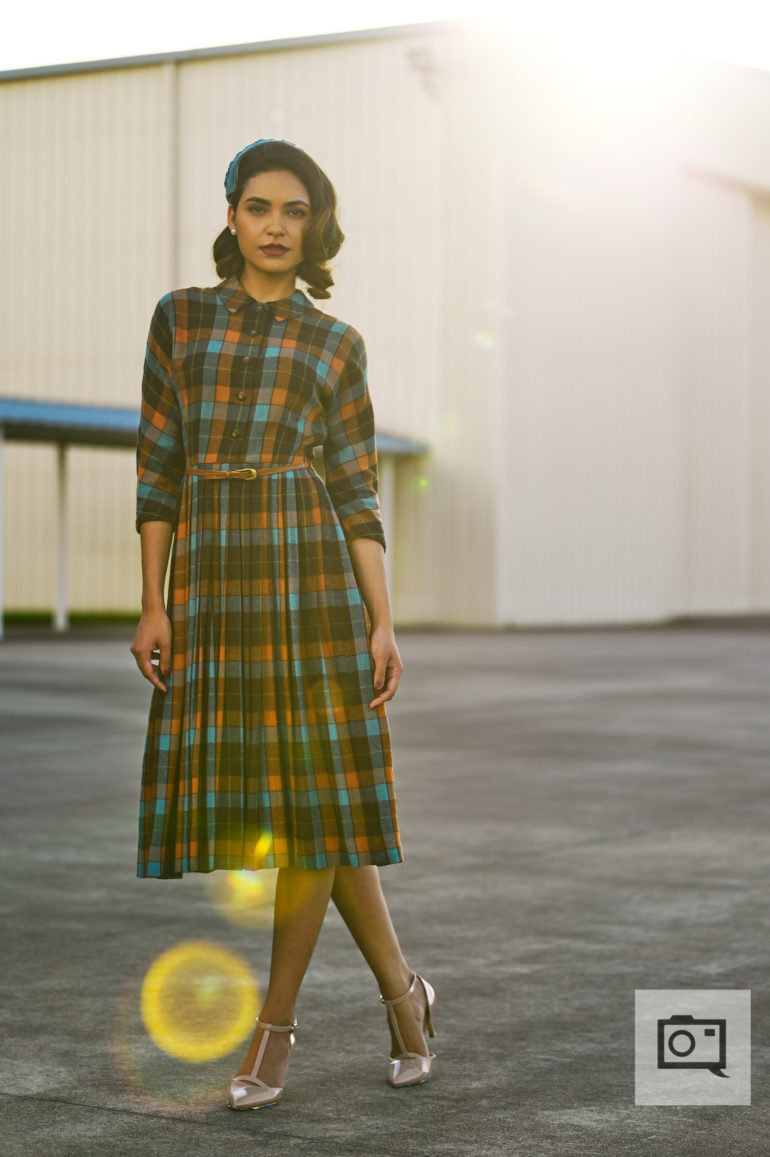
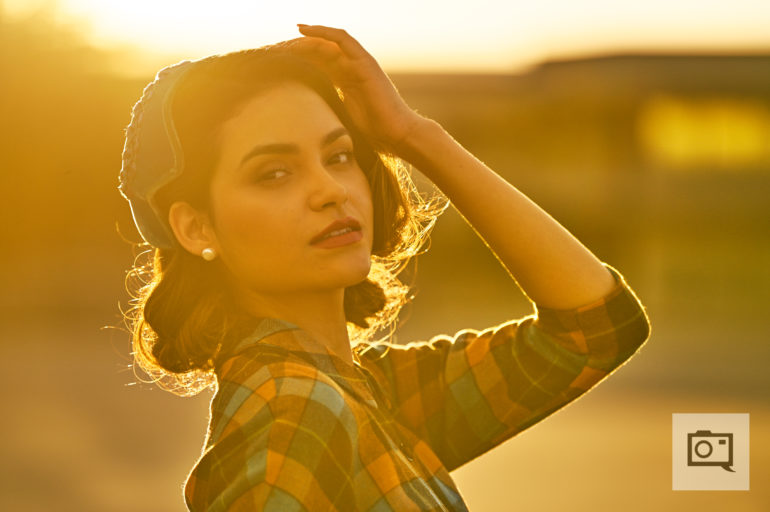
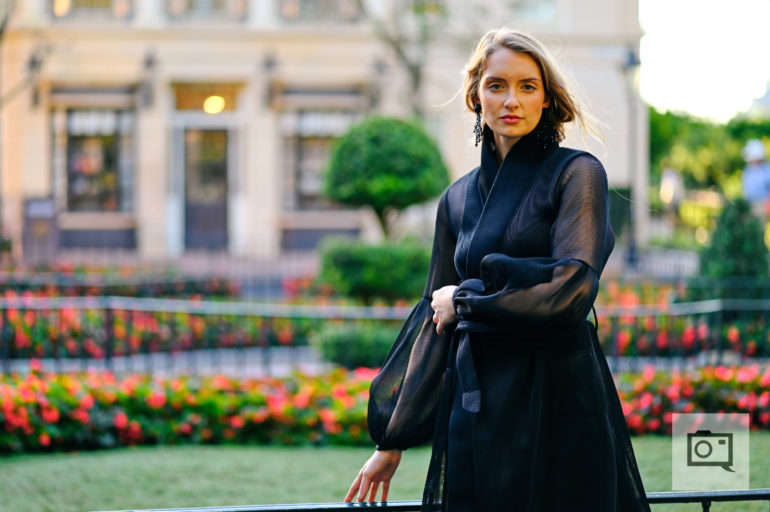


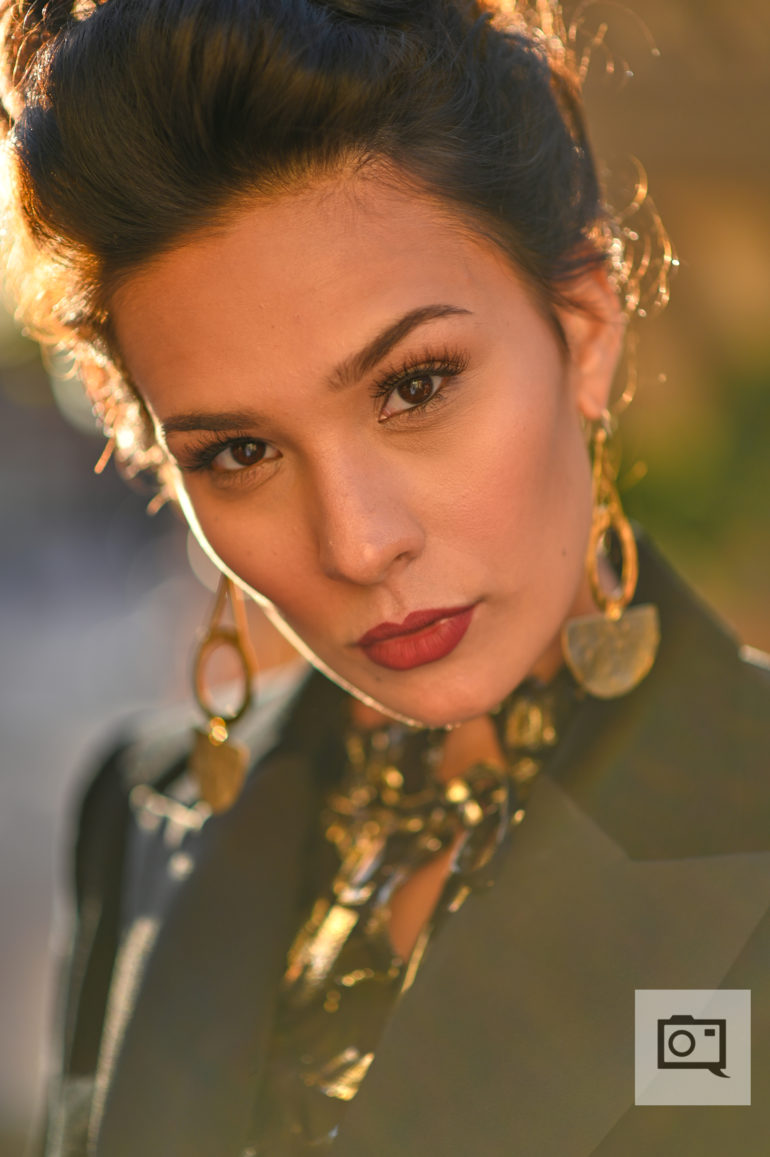
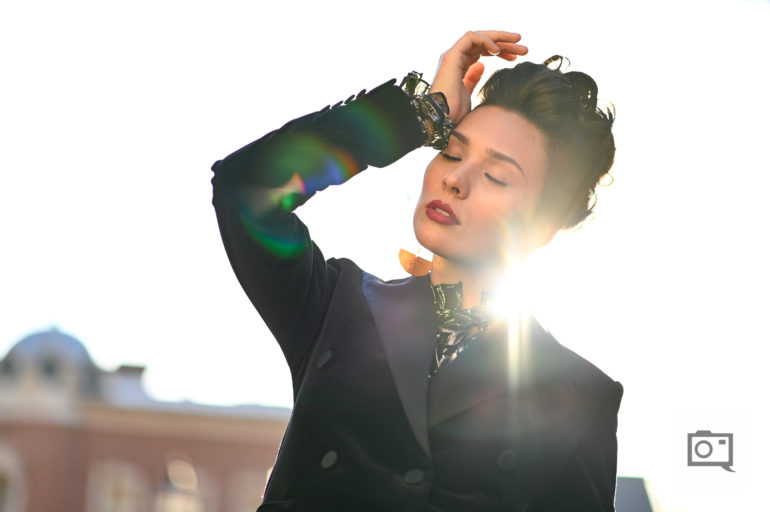
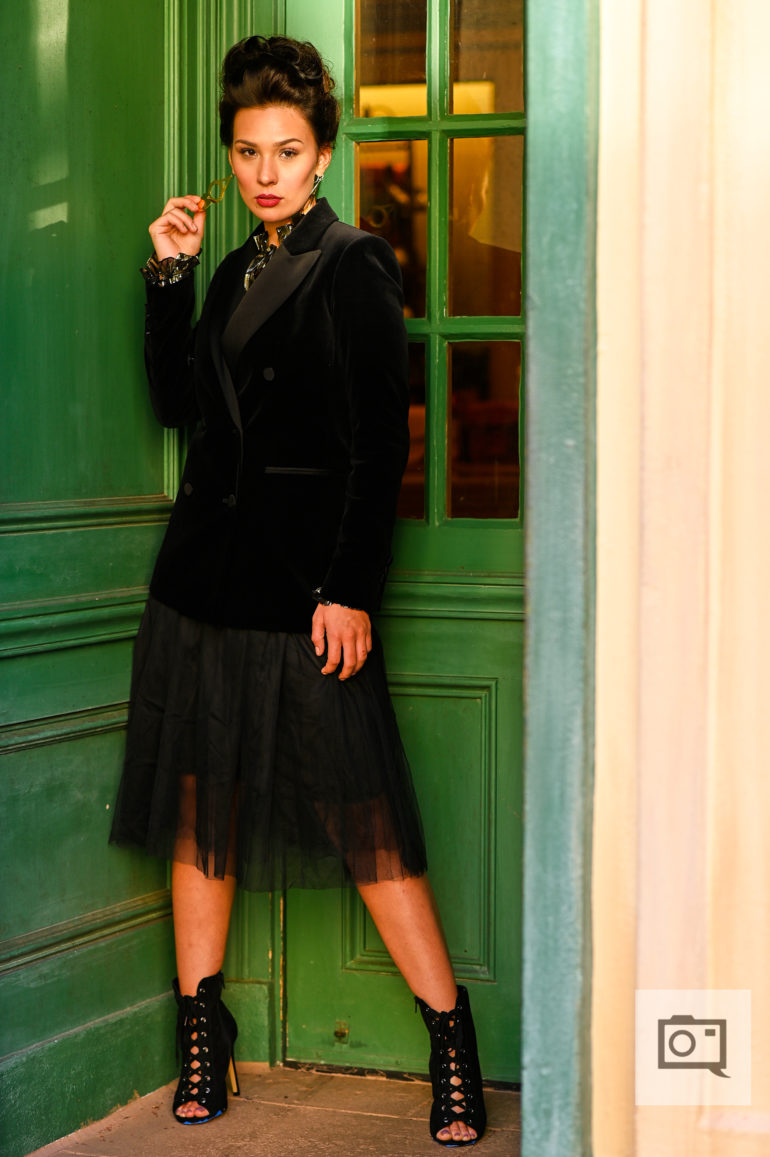
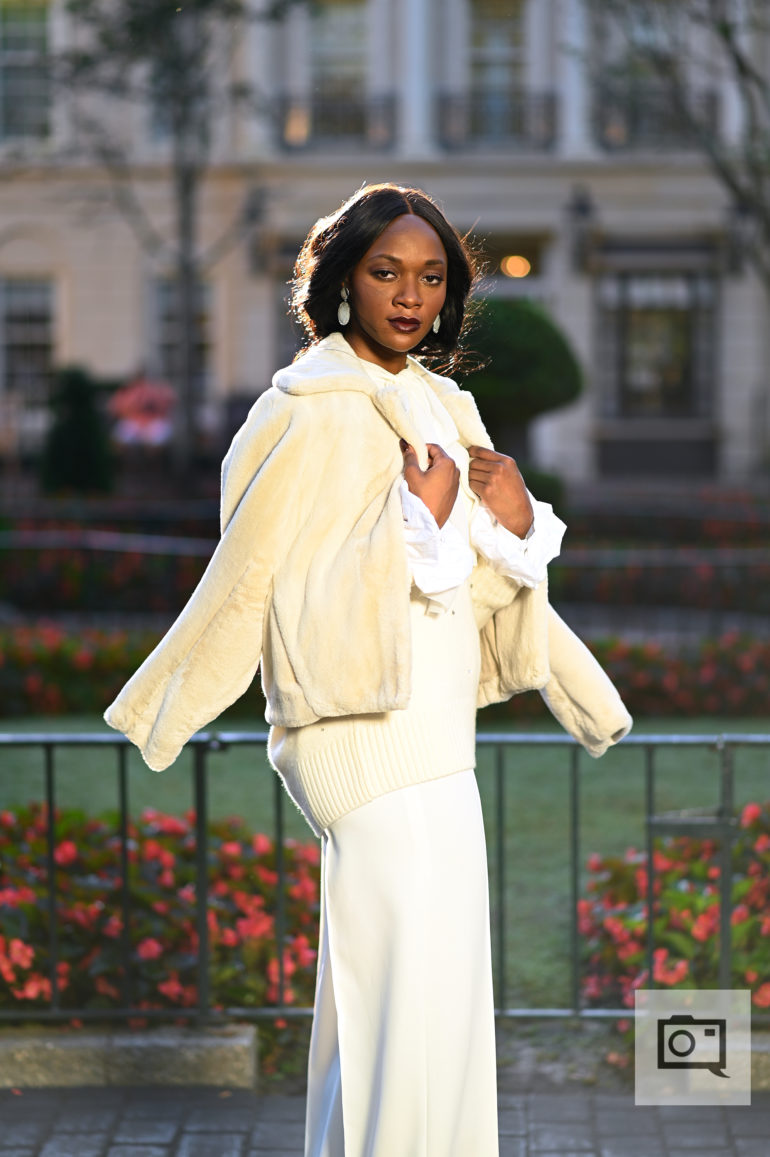

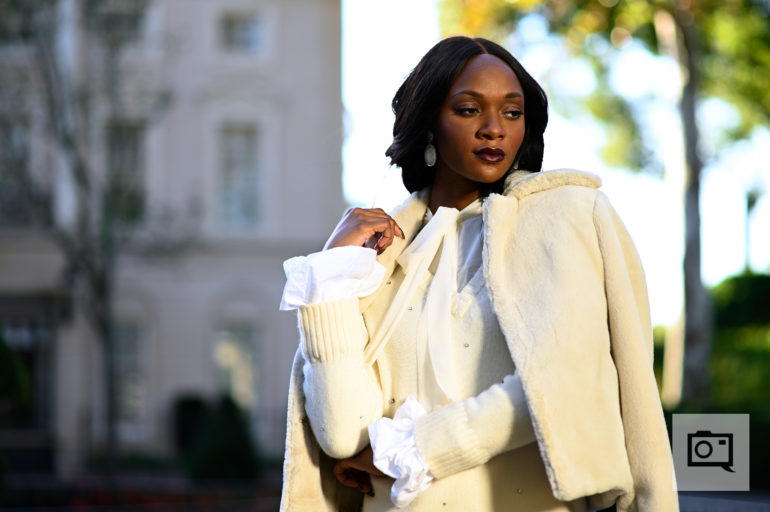

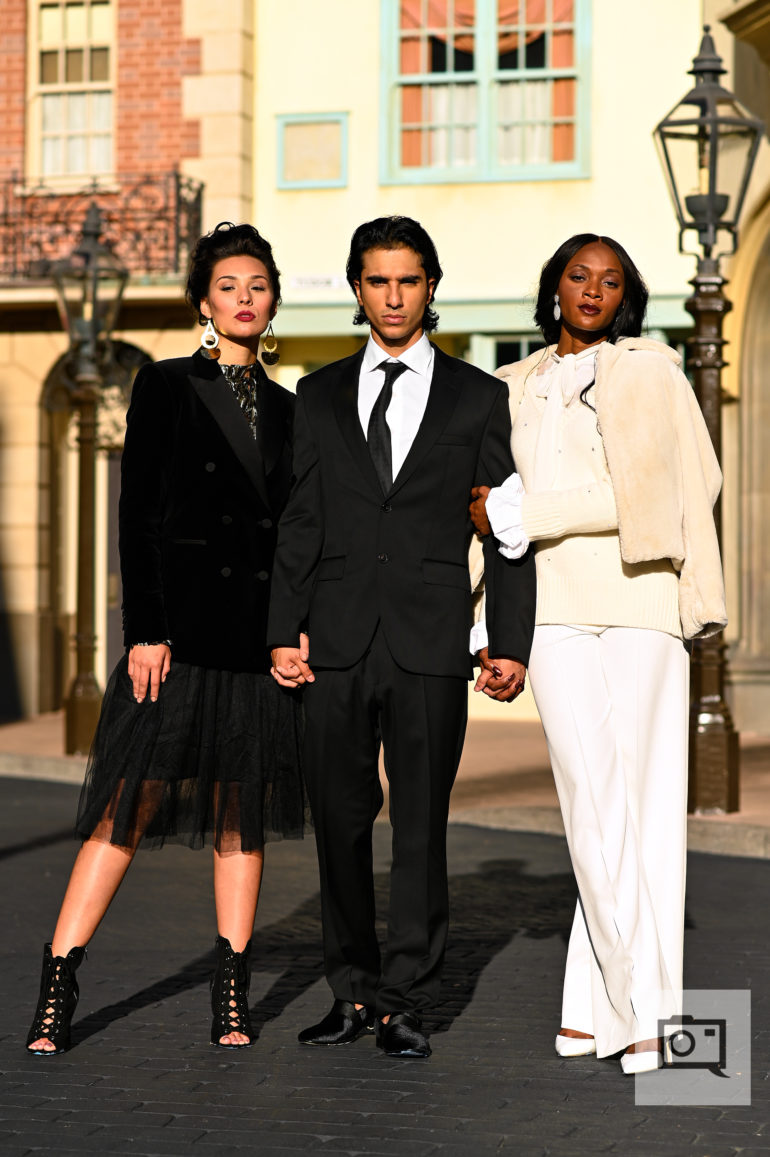
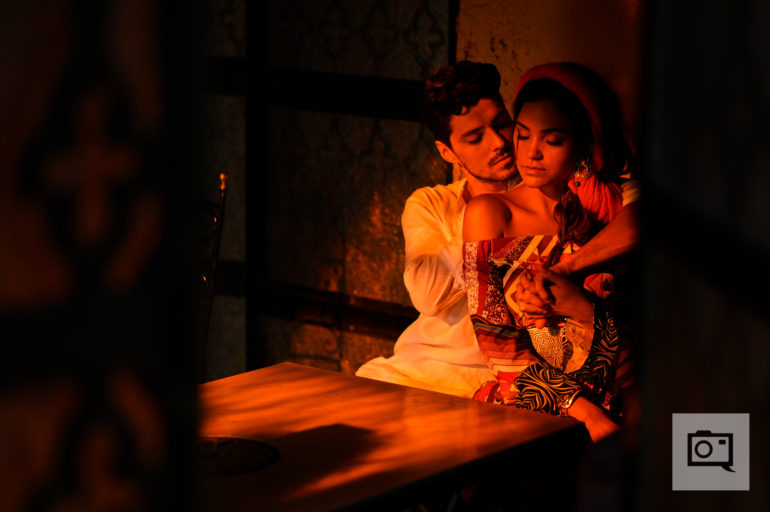
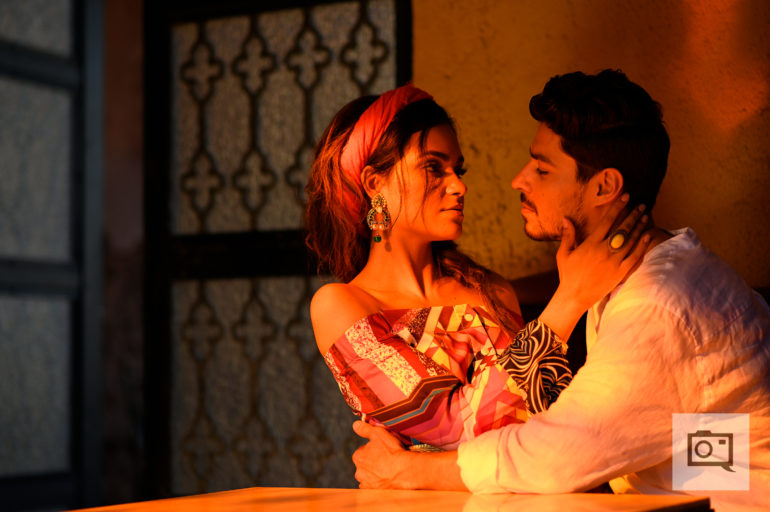
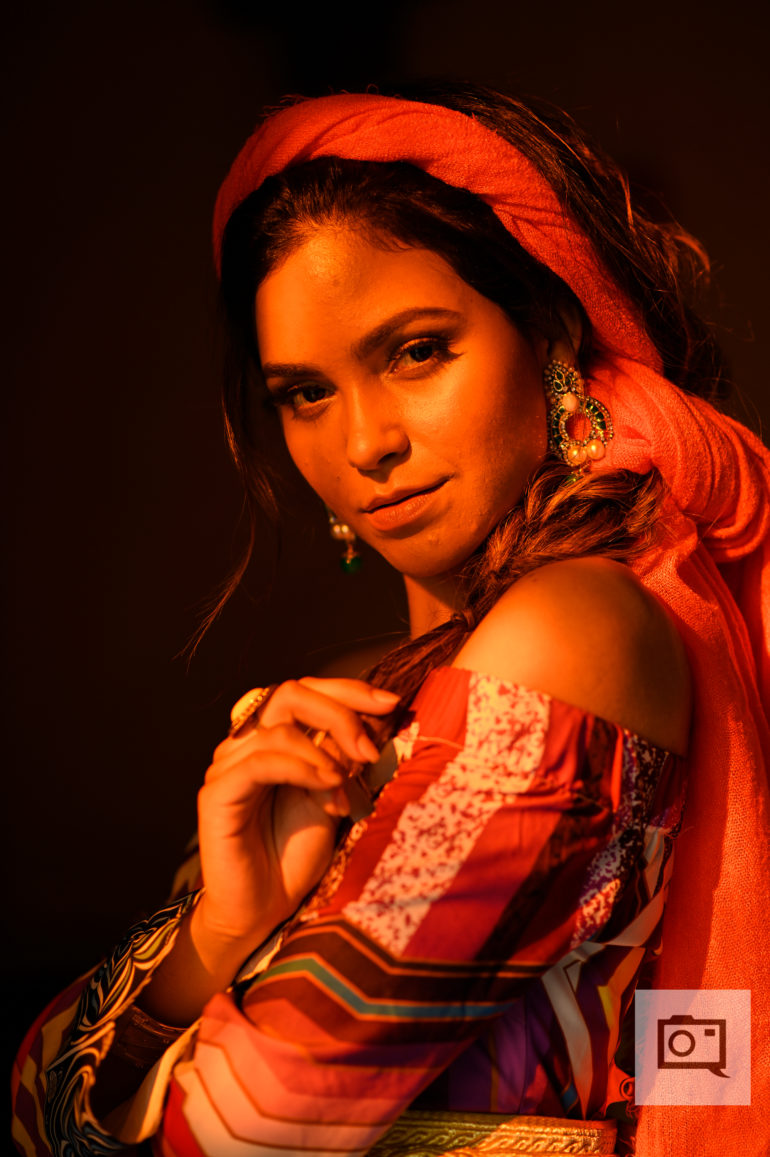

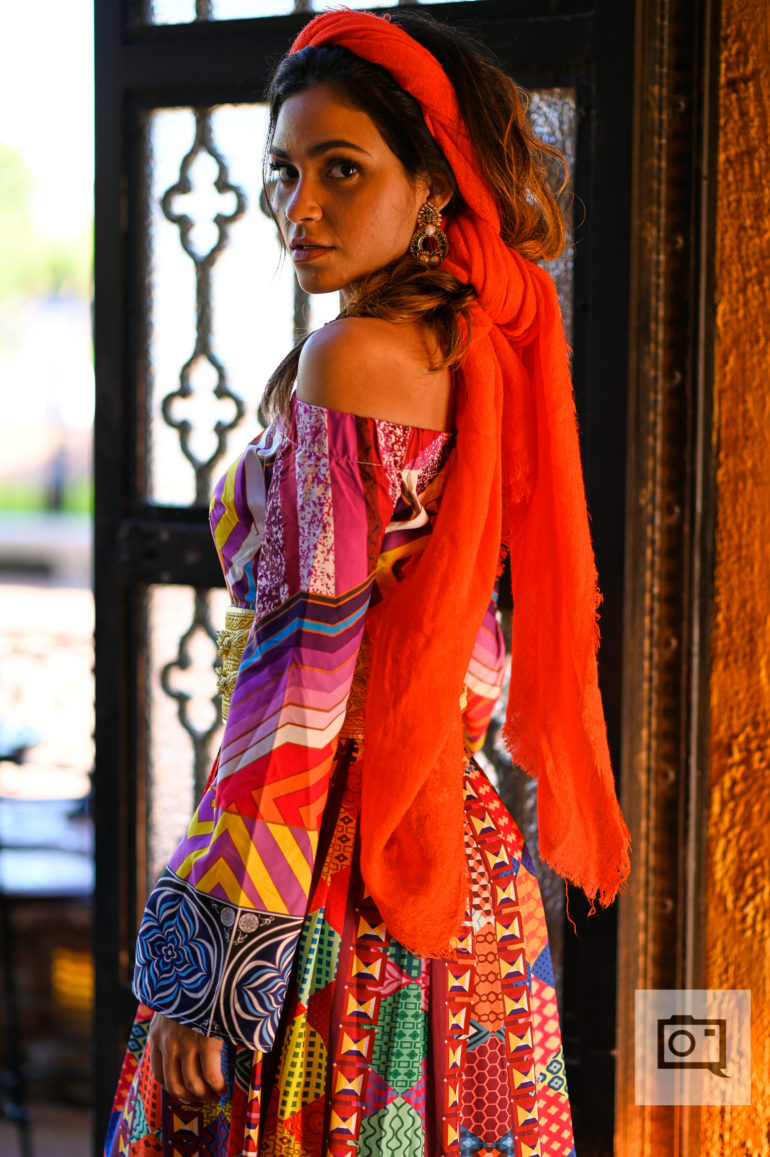
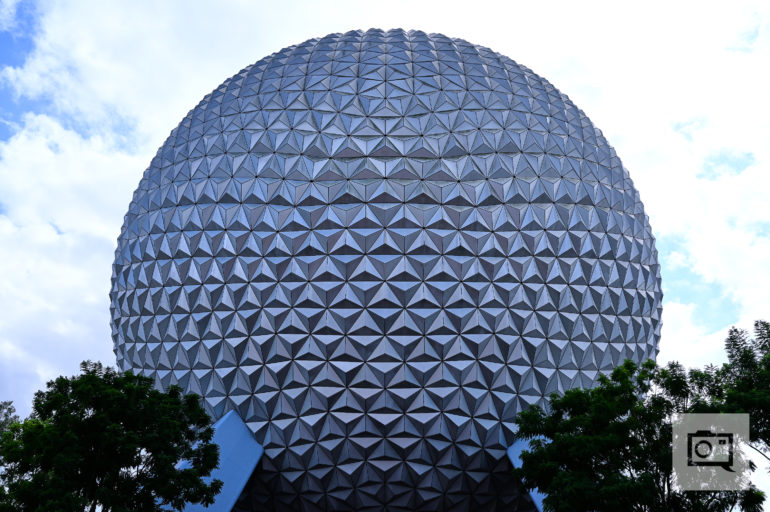
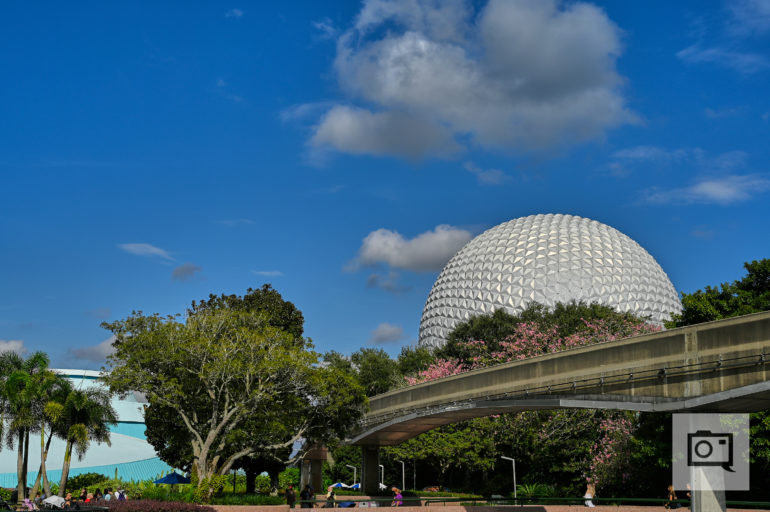
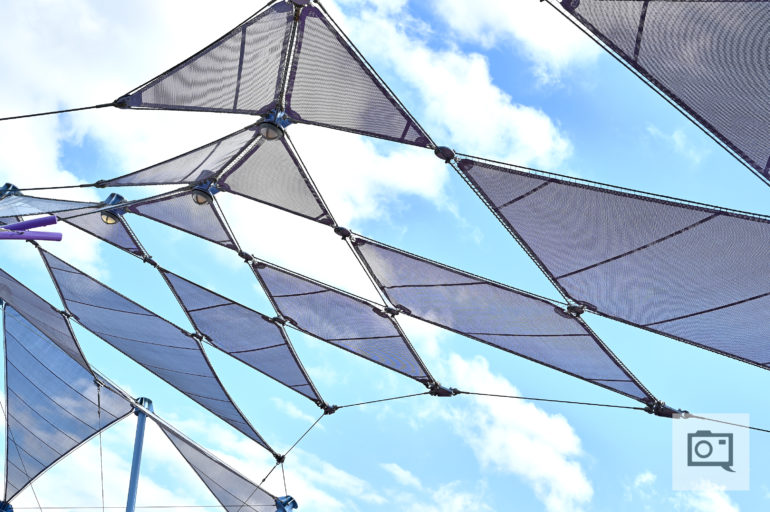
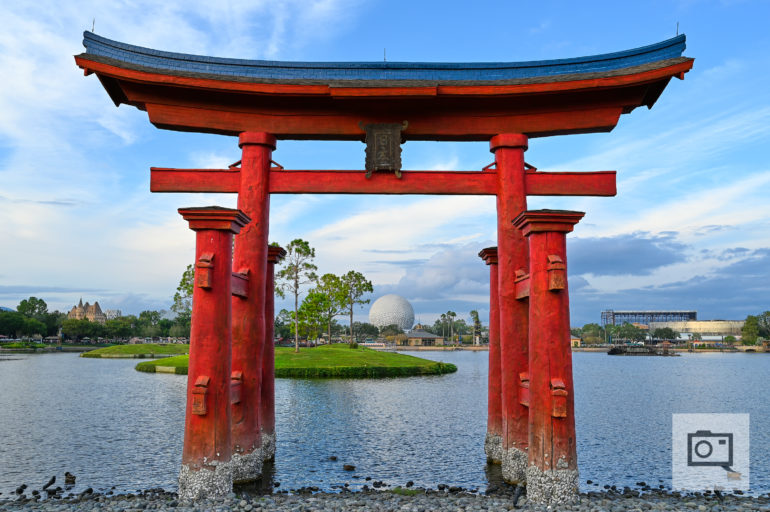
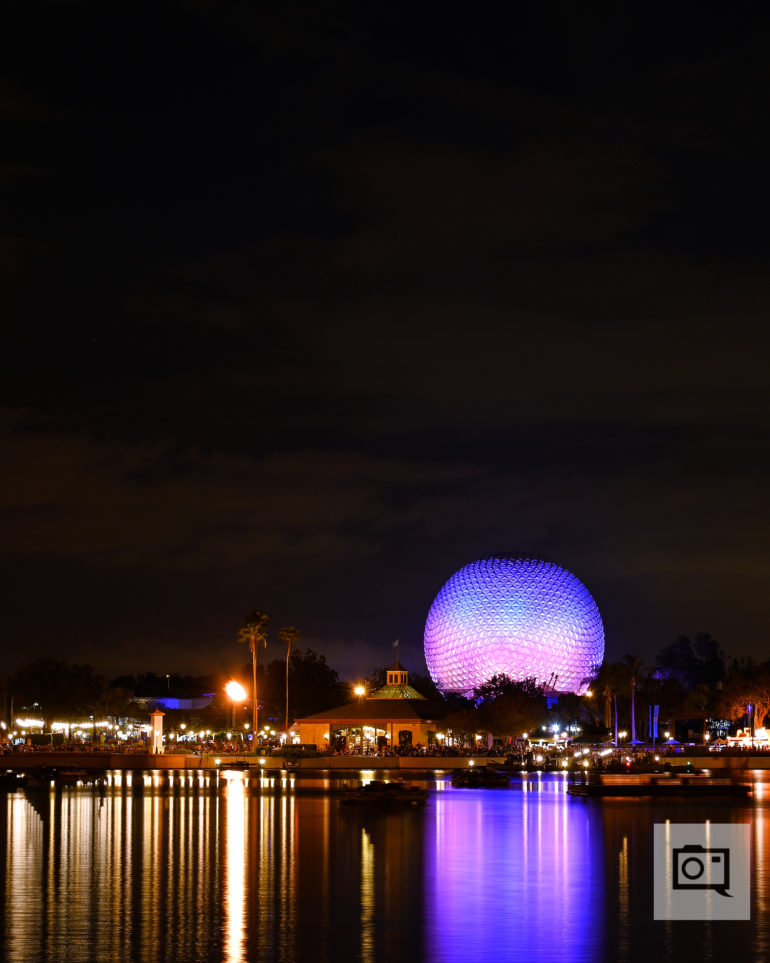
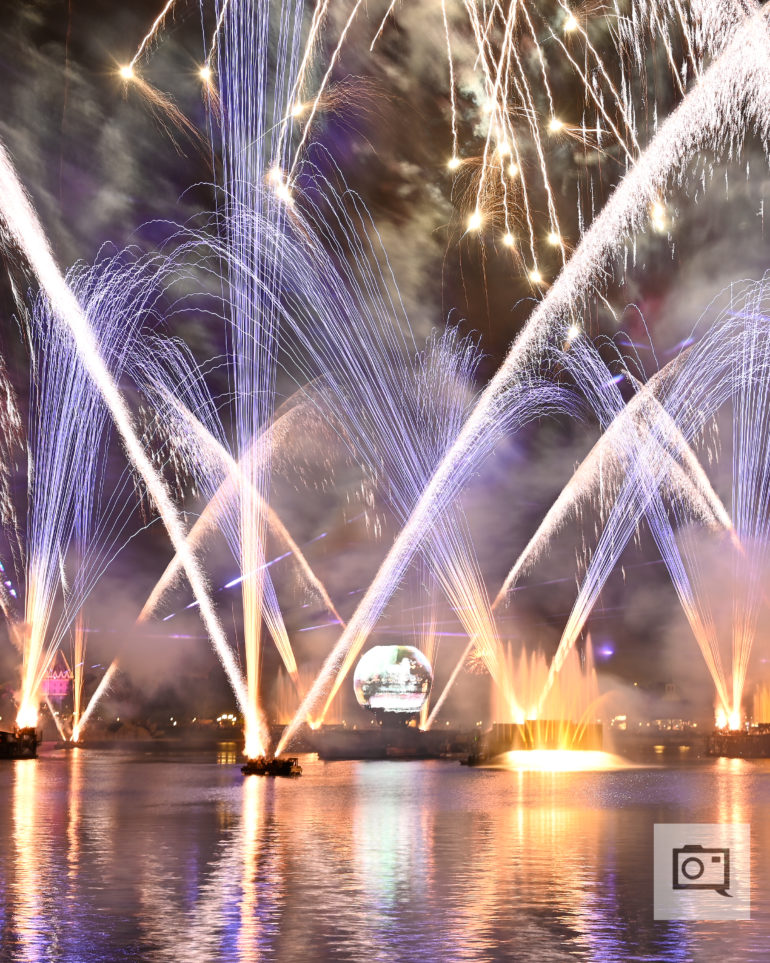
First Impressions
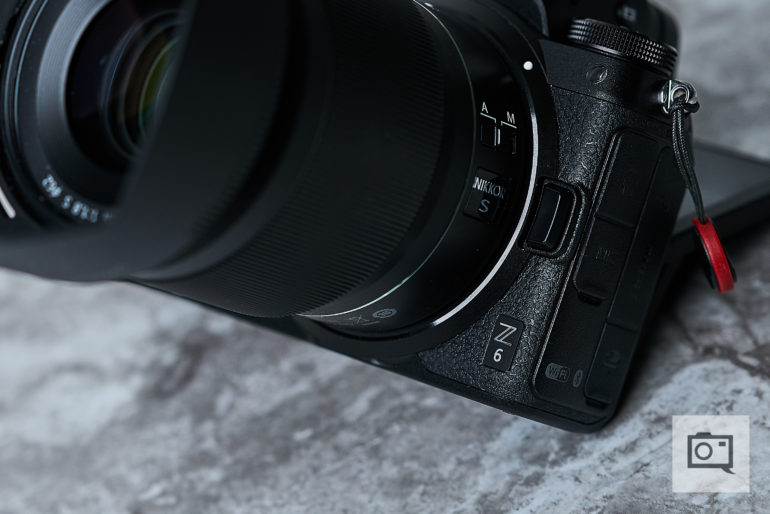
Having only spent a limited amount of time with the Z6, it’s important to remember that everything we’ve shared with you in this article should be treated as a First Impressions. With that said, after having tested both the Nikon Z6 as well as the Z7, the Z6 has proven to be more responsive and versatile in most shooting conditions. If you’re a photographer whose workflow requires the higher megapixel count, then by all means go for the 45.7MP Z7, but for photographers who want something more versatile while being more affordable, the Nikon Z6 might just suit your needs. Stay tuned for our upcoming full review of the Nikon Z 6.
Nikon began shipping the Z 6 on November 16, 2018. You can get one of your very own over at Amazon.


